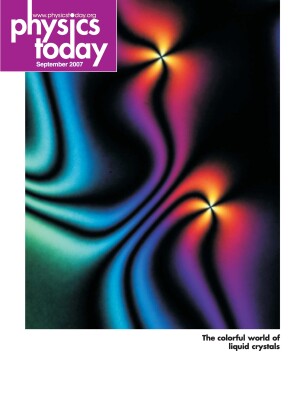Physics competitions held in Iran, South Korea
DOI: 10.1063/1.2784679
Iran hosted this year’s physics olympiad, which took place 13-22 July in Isfahan. The event attracted 327 high-school competitors from 69 countries. Also in July, 110 high schoolers from 21 countries competed in the debate-style International Young Physicists’ Tournament (IYPT), which was held in South Korea.
In total, 37 contestants from 22 countries garnered gold medals in the 38th International Physics Olympiad. South Korea’s Youngjoon Choi earned the highest overall score.
In terms of aggregate scores, China was tops, winning four golds and a silver, followed by South Korea, Russia, Japan, and, in fifth place, the US. Earning golds on the US team were Jason LaRue of Miami and Haofei Wei of Broken Arrow, Oklahoma. Silver medal winners were Kenan Diab, of Westlake, Ohio; Rui Hu, of Newark, Delaware; and Jenny Kwan, of San Marcos, California. The US team is sponsored jointly by the American Association of Physics Teachers and the American Institute of Physics.
The experimental portion of the competition centered on determining the energy bandgap of a semiconductor thin film using optical absorption. In the theoretical part, competitors were challenged to use dimensional analysis to determine the dimensions of some fundamental constants and to calculate the heat capacity, temperature, and other properties of a black hole and to determine how long it would take a black hole to evaporate; to design an airbag system using a simplified model of accelerometers; and, from photometric and spectroscopic data, to find the orbital velocities, masses, temperatures, luminosities, and radii of the stars in a binary star system and to estimate the size of a telescope needed to resolve those stars.
The longtime president of the olympiad, Waldemar Gorzkowski of Warsaw, Poland, died at age 67 while attending this year’s competition. He was key in taking the olympiad international, a process that began in 1967.
At the 20th IYPT in Seoul, high-school students engaged in “physics fights,” debating topics they’d been working on for the past year. Among the 17 topics were describing collisions of water jets, reproducing how crickets chirp, and the changing optical properties of an inflating balloon.
Australia was this year’s IYPT champion, with New Zealand and one of two South Korean teams tying for second. The US team was close behind in third place. It was made up this year of Kunal Nayyar of Stamford, Connecticut; Janus China of Purchase, New York; Evan Fulop of Sheboygan, Wisconsin; and Daniel Pfeffer and Teresa Xu of Santa Monica, California.
According to IYPT president Gunnar Tibell of Sweden’s Uppsala University, the tournament is in the process of gaining legal status as an international organization. The US team is self-paying and seeking financial sponsorship.
Next year’s olympiad will be held in Hanoi, Vietnam. The 2008 IYPT will be in Croatia.
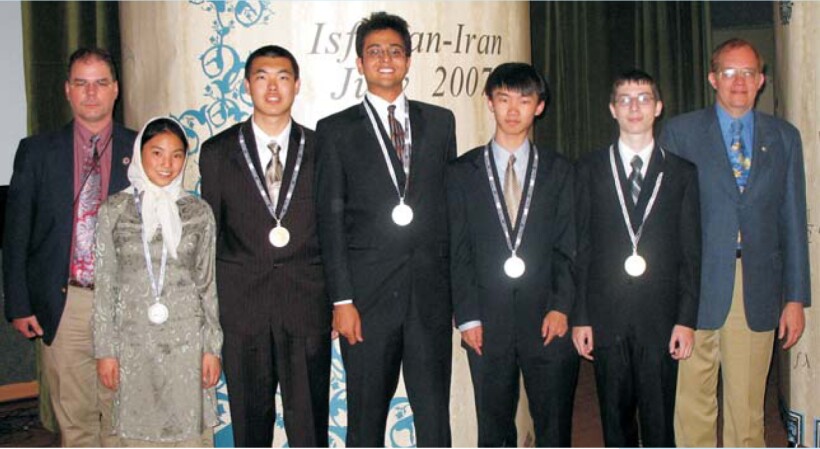
The US competitors in the 2007 International Physics Olympiad, flanked by team coaches Paul Stanley (Beloit College, Beloit, Wisconsin) and Robert Shurtz (Hawken School, Gates Mills, Ohio), were (from left) Jenny Kwan (wearing a headscarf out of respect for local Iranian custom), Haofei Wei, Kenan Diab, Rui Hu, and Jason LaRue.
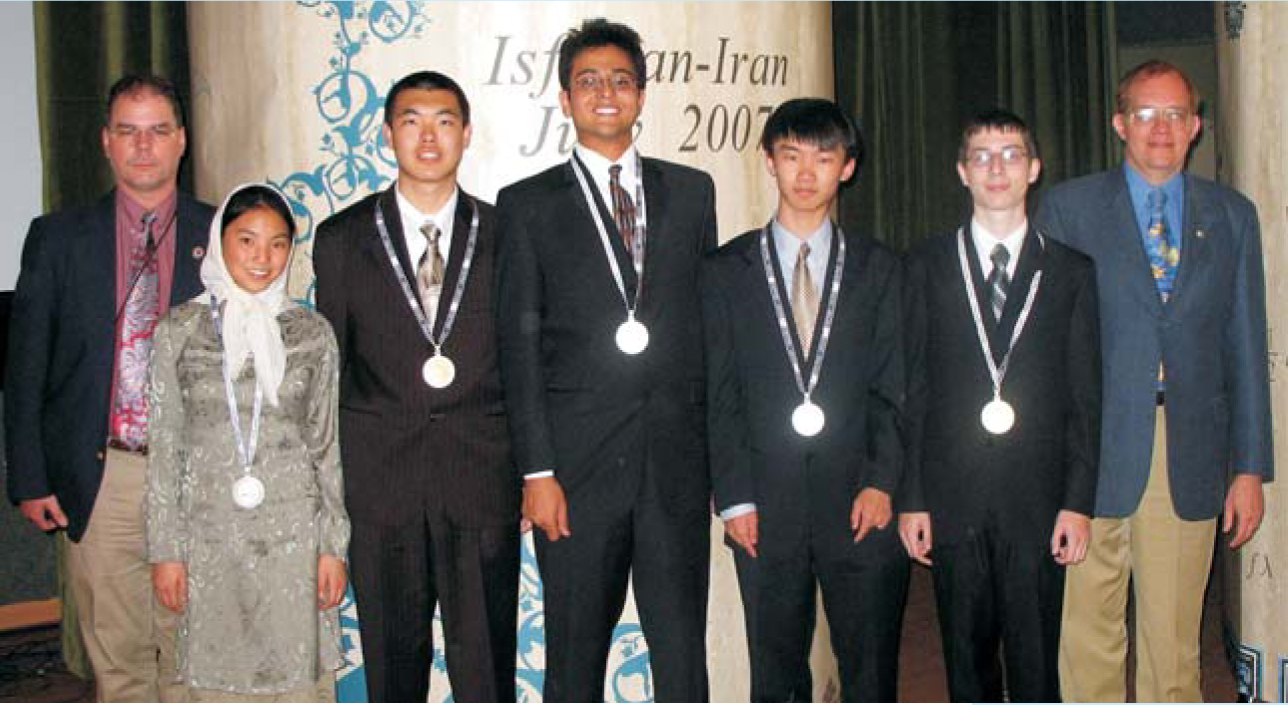
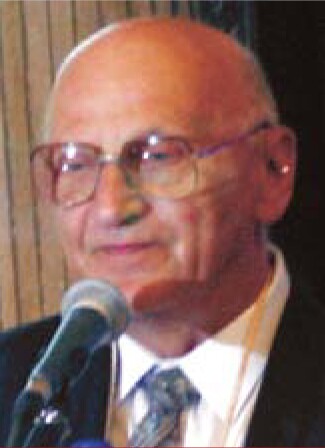
Gorzkowski
F. RANJBARAN/RANJBARAN@GMAIL.COM
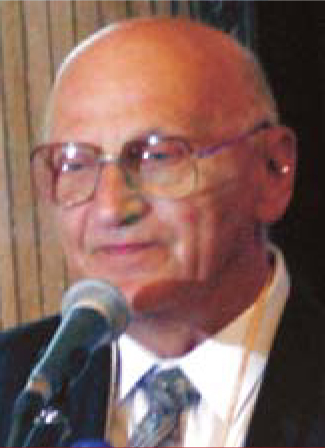

A “parade of nations” was part of the opening ceremony at this year’s International Young Physicists’ Tournament.
HUGH HASKELL
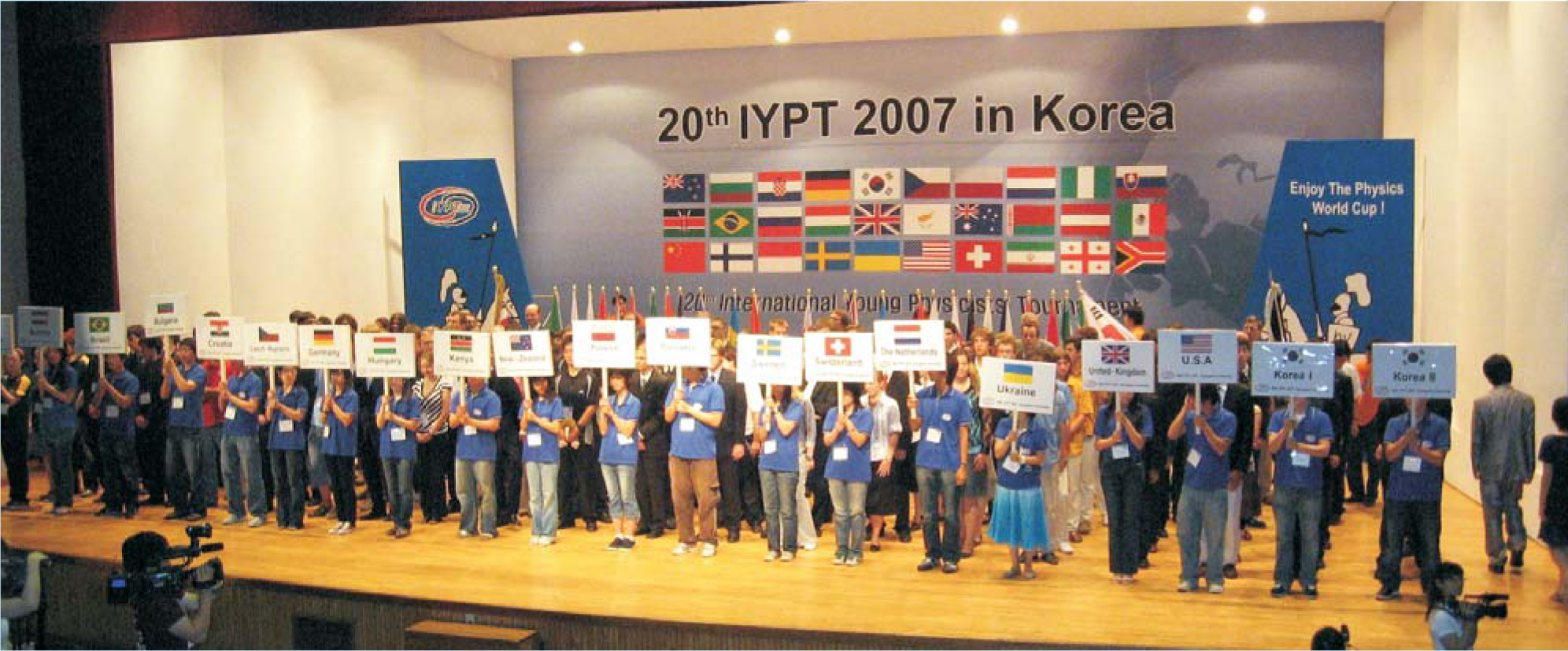
More about the Authors
Toni Feder. American Center for Physics, One Physics Ellipse, College Park, Maryland 20740-3842, US . tfeder@aip.org
